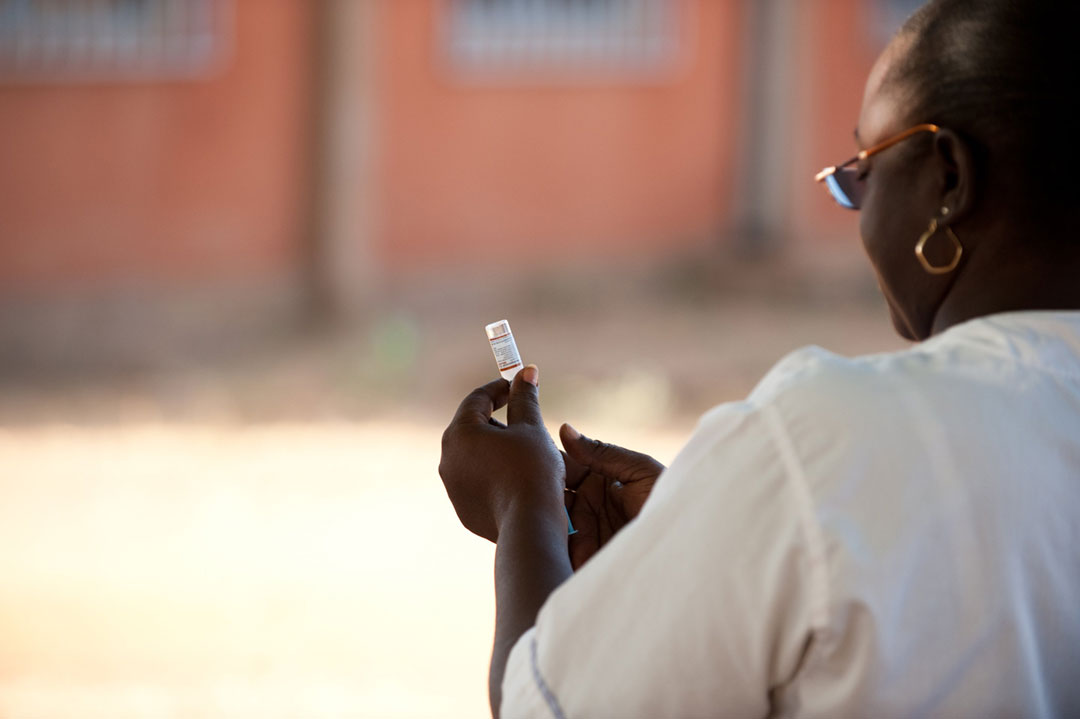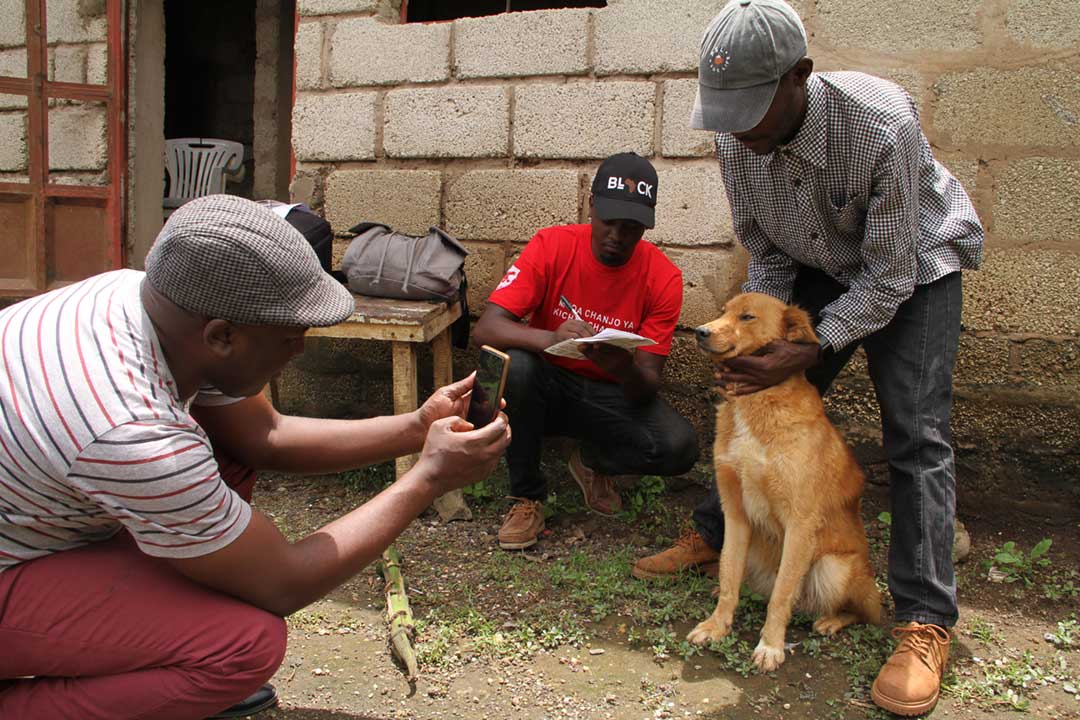Can Omicron evade detection from PCR, rapid antigen or lateral flow tests?
PCR and antigen tests are still reliable in detecting the new variant, although in the first few days saliva could be better than nose swabs at picking up the virus.
- 25 January 2022
- 3 min read
- by Priya Joi

When Omicron started racing around the world last December, scientists reported finding a ‘stealth’ version of the variant that had a genetic mutation, meaning it couldn’t be differentiated from other variants by rapid PCR tests. That, coupled with anecdotal reports that people might repeatedly test negative for COVID-19 on home lateral flow tests (LFTs) but test positive on a PCR test, has raised concerns that Omicron may not be picked up by available tests. The good news is that, according to the World Health Organization (WHO), PCR and rapid antigen tests can still detect Omicron as well as previous variants.
Research from the USA suggests that in the early days of infection saliva is 12 times more likely to give a positive PCR result than a nasal swab. After three days however, more virus seemed to build up in the nose.
Still a deadly virus
Accurate testing remains crucial to our response to the pandemic. Although Omicron has seemingly milder symptoms, the perception of this new variant as less dangerous could lead to complacency, warned WHO Director-General Dr Tedros, who pointed out earlier this month that the virus still hospitalises and kills millions, which is leading to hospitals being utterly overwhelmed. Vaccination remains hugely important, and still not enough people have access to vaccines worldwide.
In addition, vaccinated people may be protected from milder symptoms but can still spread the virus to other people, who may be more vulnerable and suffer severe disease.
Negative LFTs need validation
With lateral flow tests, false negatives (a lack of sensitivity) are more likely than false positives (a lack of specificity). A 2021 report by the UK Department of Health and Social Care estimated that only three or four people out of 10,000 would receive a false positive from lateral flow testing.
Have you read?
The converse is not true, however, and a negative lateral flow result provides far less certainty that you are not infected with COVID-19. If you are symptomatic you should get a PCR test.
Similarly the US Centers for Disease Control and Prevention (CDC) recommends that if someone has a negative antigen test but is still symptomatic, they should confirm this result with a PCR test.
Nose or throat swabs?
Since Omicron tends to replicate more quickly in the upper respiratory tract, some scientists have been calling for saliva samples to be tested rather than nasal swabs. Research from South Africa indicates that saliva may be more accurate to test for Omicron than nasal swabs (100% v 86%).
However, this may be true early on in the infection, as Omicron has a shorter incubation period and the virus may show up more in saliva in the first two to three days. Research from the USA suggests that in those early days saliva is 12 times more likely to give a positive PCR result than a nasal swab. After three days however, more virus seemed to build up in the nose.
There are caveats, however, as the mouth is a less controlled environment to test from – eating or drinking before the test could throw results off. The answer may be to sample from multiple sites for the same test. Moreover, saliva and throat tests are not as well validated as nasal swabs for testing for COVID-19.
For now, validating negative LFTs or antigen tests with PCR testing if symptoms persist could be the best option, and re-testing over the course of infection.









